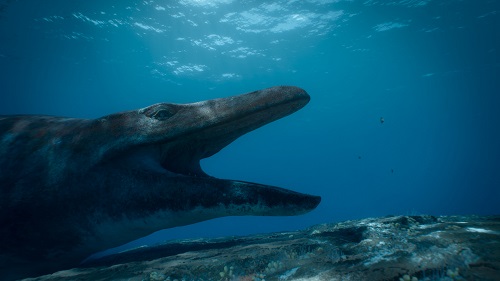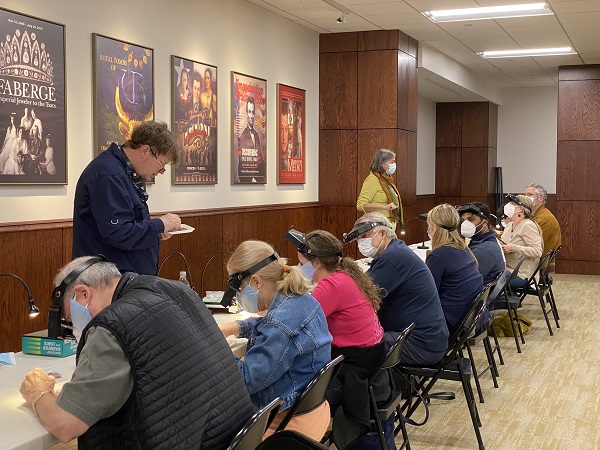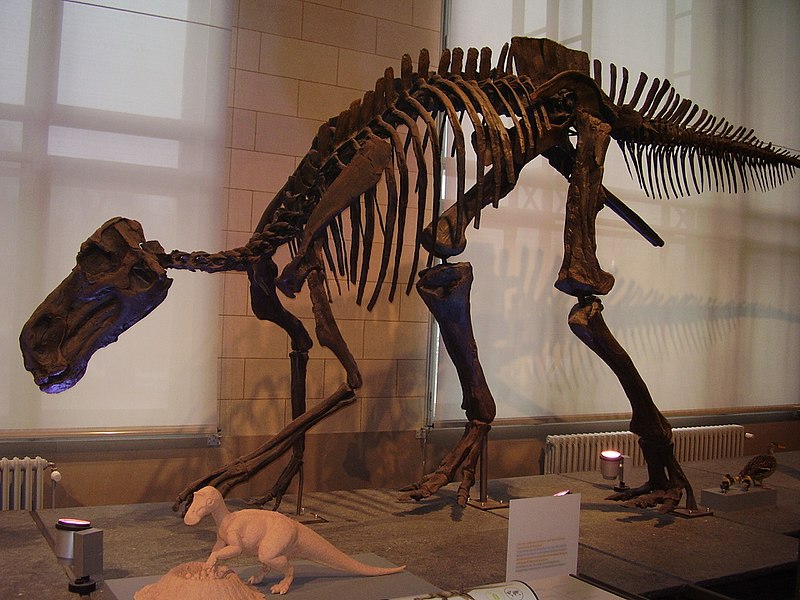Have you been to the HMNS at Sugar Land campus lately and seen our new Stegosaur? Her name is “Stella” – she’s about 150 million years old and joins us from the Jurassic period. When you do get a chance to visit her, here’s a thought you might ponder: what was it like to be a mammal in its shadow?
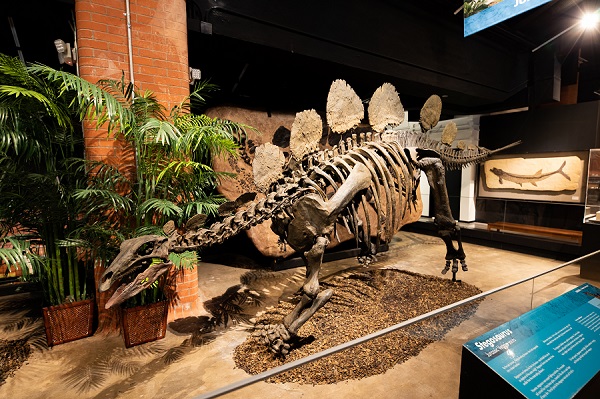
Often, when we think of the Jurassic, we find ourselves captivated by the more prominent species that flourished then. We tend to forget that there were quite a few mammals that existed at the same time. In fact, in the late Jurassic Era, mammals were undergoing a rapid diversification that continued all the way to the end of the Mesozoic Era and beyond.
Introducing Fruitafossor
One such mammal that shared the home of the Stegosaur is the Fruitafossor (Fruitafossor windscheffeli), an insectivore about the size of a chipmunk, with teeth and diet very similar to an armadillo or an echidna. Dentition was simple in that the molars were tubular in shape, single-rooted, and open-ended. The teeth also lacked enamel, very common in today’s insectivores, which means that the teeth were often replaced.
Its backbone was rigid and fortified to give Fruitafossor the muscular power of a proficient digger. These limbs, with strong claws, enabled the Fruitafossor to quickly break down a termite hill or dig out a hole when escaping a predator. It had a small head, a long tail, and, because it was a mammal, was covered in fur. In essence, it looked like a mole but ate like an aardvark.
It was discovered on March 31, 2005, within the city limits of the town of Fruita, Colorado in the United States by Wally Windscheffeli, an associate with the Carnegie Museum. The suffix of “-fossor” relates to the group of animals that dig for food and shelter.
What makes Fruitafossor so different?
It appears to be the only Jurassic mammal to have established its own dietary niche. There are no modern relatives to Fruitafossor and, so far, fossil remains indicate that it is only a prototype to what would become known as therian, or live-bearing, animals.
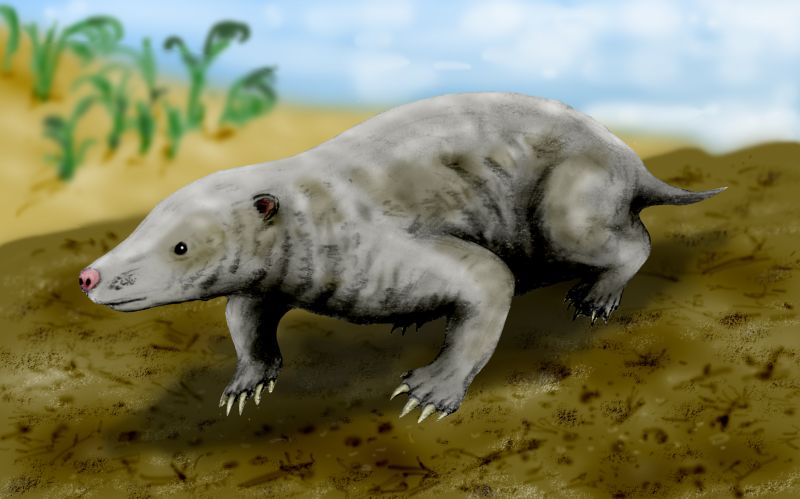
So, like the Stegosaur, the Fruitafossor stands out as a unique inhabitant of a long ago world. Perhaps while you’re visiting Stella, it would be fun to imagine how a scene with the two animals would take place.
Would Fruitafossor dash about underfoot, teasing the plated dinosaur? Would the Stegosaur be frightened? Or would it just step over and lay claim to that delectable vegetation on the other side of the field? Would the little mouse-like Fruitifossor discover a new termite mound and munch away while behemoths slowly trundle by, secure in the knowledge that, even in the Jurassic world, not every inhabitant needed to be big to be special?
Stop by and say hello to the latest addition of our Sugar Land family.
Need more? Check out these sources:
https://www.visitgrandjunction.com/fruita-paleontological-area
https://prehistoric-fauna.com/Fruitafossor
https://ancient-animals.fandom.com/wiki/Fruitafossor
Science Magazine, 01 April 2005, Vol 308, Issue 5718, pp. 103-107 “A Late Jurassic Digging Mammal and Early Mammalian Diversification” by Zhe-Xi Luo and John R. Wible, Carnegie Museum of Natural History, Pittsburg, Pennsylvania 15213, USA





